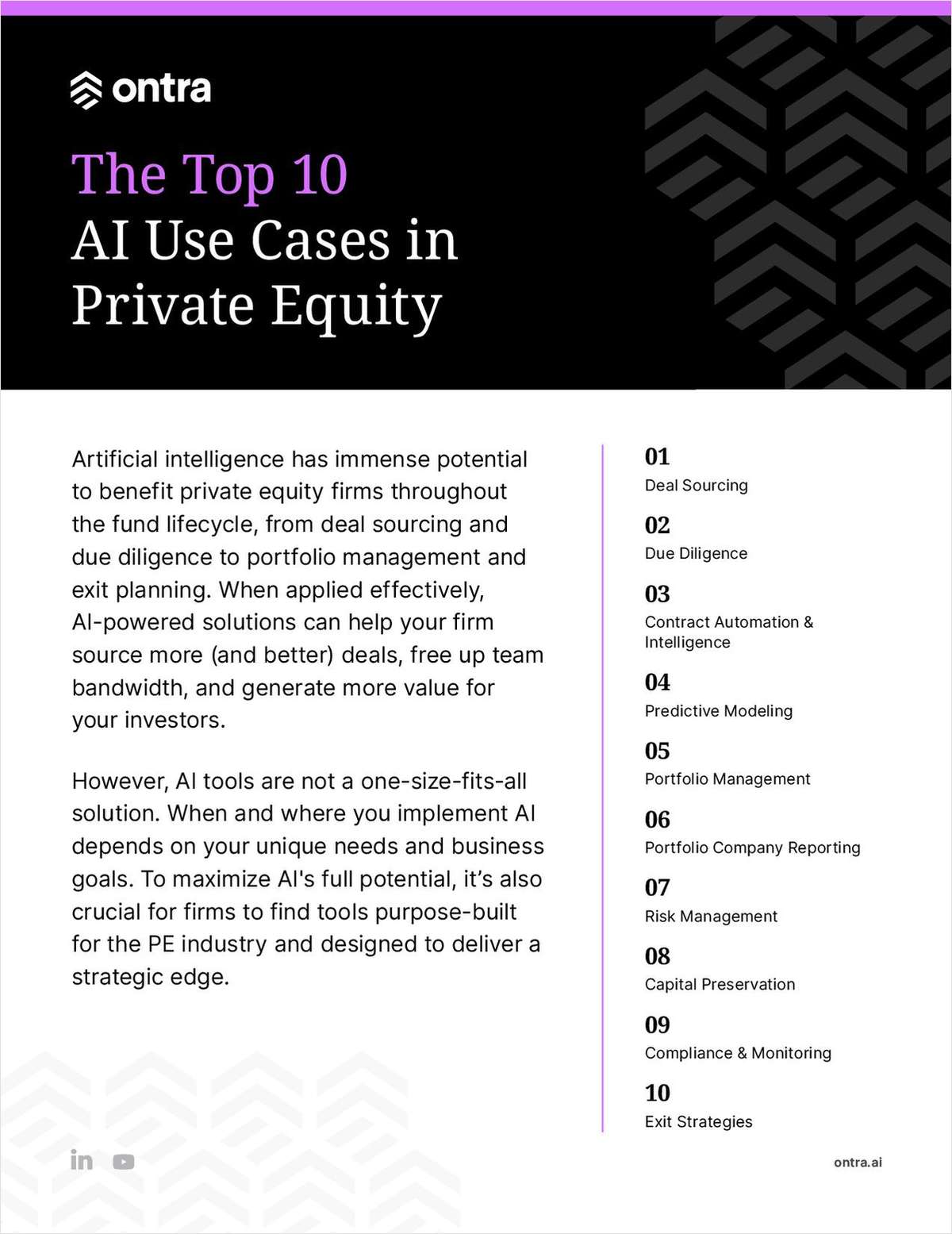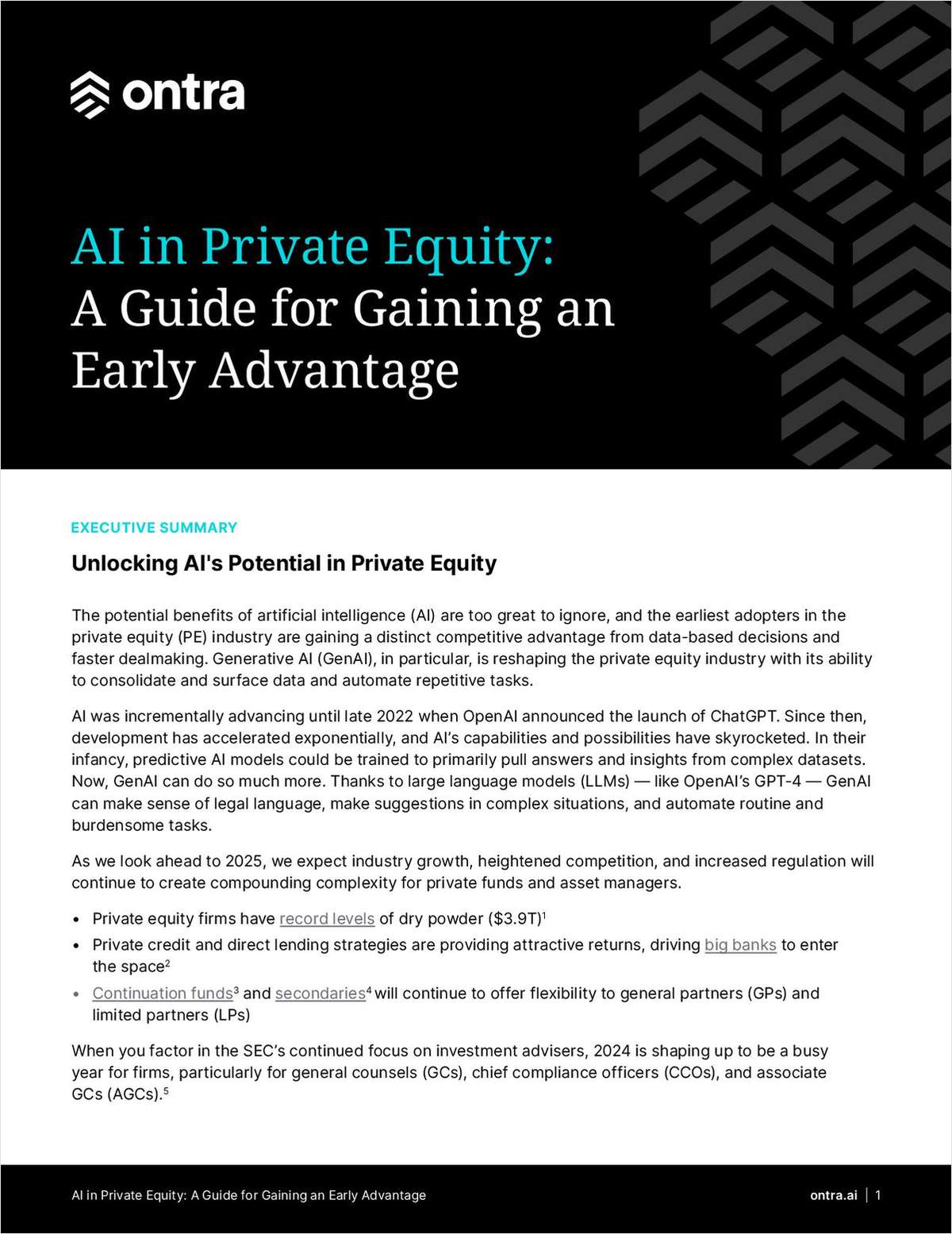Simmons LLP accounts show top earner pay rose 25% to £1m during 2013-14
Simmons & Simmons' highest paid member pocketed earnings of £1m in 2013-14, 25% up on the previous year's top figure of £800,000.
October 06, 2014 at 07:21 PM
4 minute read
Simmons & Simmons' highest paid member pocketed earnings of £1m in 2013-14, 25% up on the previous year's top figure of £800,000.
Limited liability partnership (LLP) accounts filed with Companies House also showed the firm brought in turnover of £268.6m during the year, up 7% on the previous year's equivalent of £250.5m.
Simmons attributed the uptick to a "recovery of business levels" as well as factoring in office launches in Singapore, launched earlier this year, and Munich, which opened in March 2013, as well as expansion in its low-cost base in Bristol.
The accounts also reveal that the partnership has posted a pension scheme deficit of £10.2m, only marginally improving on last year's equivalent of £10.3m but remaining significantly down on 2011-12 levels when the LLP recorded a deficit of £4.4m.
During 2013-14 Simmons used 18% of its net assets, worth £58m in total, to cover its pension scheme deficit.
The firm released a deferred tax asset of £2.28m during the year in relation to the deficit, ahead of transferring its UK employee pension schemes from its separate service company to the LLP, which took effect at the start of 2014-15. Simmons states in the report that it does not expect there will be adequate profits in future to recover the asset.
Simmons finance director David McLaughlin said: "Changes proposed by HMRC resulted in the firm deciding to close the service company and transfer assets and liabilities back to the LLP.
"One consequence of this transfer was that the deferred tax asset which was recognised in 2012/13 in the service company could no longer be supported as the service company would not have any future profits and the LLP could not recognise the asset (as the LLP is transparent for tax purposes). The movements were of a purely balance sheet provisioning nature and were not taken into account in the determination of distributable profits."
Several LLPs are thought to have made similar arrangements in light of new rules announced last autumn by HMRC, which aims to restrict the scope for income tax advantages generated by UK transfer pricing rules.
Simmons' Companies House filing also states that average profit per equity partner (PEP) increased 5.4% during the year, in line with figures reported earlier this summer when Simmons confirmed PEP grew by 5.5% to £554,000. Operating profit grew 12.5% to £77.2m, while profit available for division among LLP members rose by a similar percentage to £62.3m.
By practice, the financial markets team contributed £104.3m to account for 38.8% of firmwide revenue, followed by disputes which brought in £82.5m, or 30.7%, of the firm's business. Corporate and commercial amounted to 22% (£59.6m) of revenue, while employment accounted for 8.3% (£22.2m).
Simmons has also reduced debt by £8m in relation to its revolving capital loan facility, which amounted to £40m for 2013-14. The business, which is mainly financed through partner revolving capital loans structured as a single facility, said it has tightened its grip on lock-up management during the year in a bid to reduce borrowing costs as well as the extent to which its revolving partner capital loan is drawn. Unbilled revenue at the firm decreased year on year from £6.2m to £5m.
Meanwhile total headcount numbers expanded from 1,363 to 1,428, with the numbers of fixed and full-equity members of the LLP increasing respectively to 52 (up 30%) and 114 (up 8.6%).
The number of fee earning staff grew from 578 to 593 and total staff count increased by 44 to 1,262. Staff costs have in turn risen to £112.4m from £108.3m, including an increase of 3.6% in wages and salaries to £101.4m.
The firm has also said it has been developing new finance and HR systems that are being implemented in the current financial year.
How effective is your law firm's IT? Complete this Legal Week survey for a chance to win an iPad Air: click here
This content has been archived. It is available through our partners, LexisNexis® and Bloomberg Law.
To view this content, please continue to their sites.
Not a Lexis Subscriber?
Subscribe Now
Not a Bloomberg Law Subscriber?
Subscribe Now
NOT FOR REPRINT
© 2024 ALM Global, LLC, All Rights Reserved. Request academic re-use from www.copyright.com. All other uses, submit a request to [email protected]. For more information visit Asset & Logo Licensing.
You Might Like
View All

Simpson Thacher, Kirkland and Latham Maintain Lead in UK Revenue Per Lawyer Rankings

US Firms Rising? The Law Firms with the Largest UK Market Share, 2024

Trending Stories
- 1Gibson Dunn Sued By Crypto Client After Lateral Hire Causes Conflict of Interest
- 2Trump's Solicitor General Expected to 'Flip' Prelogar's Positions at Supreme Court
- 3Pharmacy Lawyers See Promise in NY Regulator's Curbs on PBM Industry
- 4Outgoing USPTO Director Kathi Vidal: ‘We All Want the Country to Be in a Better Place’
- 5Supreme Court Will Review Constitutionality Of FCC's Universal Service Fund
Who Got The Work
Michael G. Bongiorno, Andrew Scott Dulberg and Elizabeth E. Driscoll from Wilmer Cutler Pickering Hale and Dorr have stepped in to represent Symbotic Inc., an A.I.-enabled technology platform that focuses on increasing supply chain efficiency, and other defendants in a pending shareholder derivative lawsuit. The case, filed Oct. 2 in Massachusetts District Court by the Brown Law Firm on behalf of Stephen Austen, accuses certain officers and directors of misleading investors in regard to Symbotic's potential for margin growth by failing to disclose that the company was not equipped to timely deploy its systems or manage expenses through project delays. The case, assigned to U.S. District Judge Nathaniel M. Gorton, is 1:24-cv-12522, Austen v. Cohen et al.
Who Got The Work
Edmund Polubinski and Marie Killmond of Davis Polk & Wardwell have entered appearances for data platform software development company MongoDB and other defendants in a pending shareholder derivative lawsuit. The action, filed Oct. 7 in New York Southern District Court by the Brown Law Firm, accuses the company's directors and/or officers of falsely expressing confidence in the company’s restructuring of its sales incentive plan and downplaying the severity of decreases in its upfront commitments. The case is 1:24-cv-07594, Roy v. Ittycheria et al.
Who Got The Work
Amy O. Bruchs and Kurt F. Ellison of Michael Best & Friedrich have entered appearances for Epic Systems Corp. in a pending employment discrimination lawsuit. The suit was filed Sept. 7 in Wisconsin Western District Court by Levine Eisberner LLC and Siri & Glimstad on behalf of a project manager who claims that he was wrongfully terminated after applying for a religious exemption to the defendant's COVID-19 vaccine mandate. The case, assigned to U.S. Magistrate Judge Anita Marie Boor, is 3:24-cv-00630, Secker, Nathan v. Epic Systems Corporation.
Who Got The Work
David X. Sullivan, Thomas J. Finn and Gregory A. Hall from McCarter & English have entered appearances for Sunrun Installation Services in a pending civil rights lawsuit. The complaint was filed Sept. 4 in Connecticut District Court by attorney Robert M. Berke on behalf of former employee George Edward Steins, who was arrested and charged with employing an unregistered home improvement salesperson. The complaint alleges that had Sunrun informed the Connecticut Department of Consumer Protection that the plaintiff's employment had ended in 2017 and that he no longer held Sunrun's home improvement contractor license, he would not have been hit with charges, which were dismissed in May 2024. The case, assigned to U.S. District Judge Jeffrey A. Meyer, is 3:24-cv-01423, Steins v. Sunrun, Inc. et al.
Who Got The Work
Greenberg Traurig shareholder Joshua L. Raskin has entered an appearance for boohoo.com UK Ltd. in a pending patent infringement lawsuit. The suit, filed Sept. 3 in Texas Eastern District Court by Rozier Hardt McDonough on behalf of Alto Dynamics, asserts five patents related to an online shopping platform. The case, assigned to U.S. District Judge Rodney Gilstrap, is 2:24-cv-00719, Alto Dynamics, LLC v. boohoo.com UK Limited.
Featured Firms
Law Offices of Gary Martin Hays & Associates, P.C.
(470) 294-1674
Law Offices of Mark E. Salomone
(857) 444-6468
Smith & Hassler
(713) 739-1250









